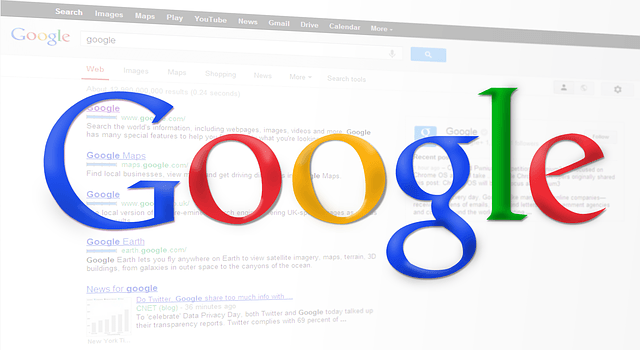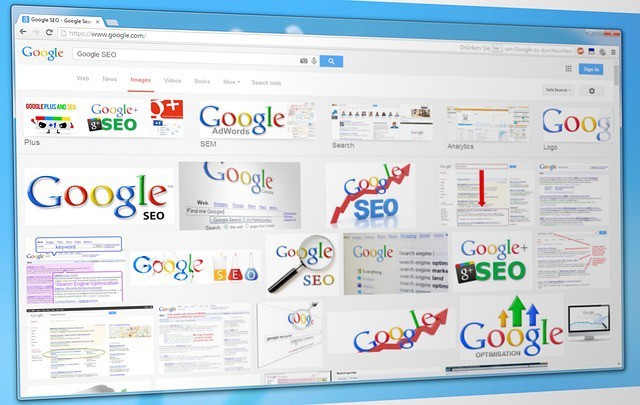Tag Archives: advertisers
3 YouTube Updates to Help you Make More Money
The 5 Reasons Why Advertisers Trust Google Adsense
Google is the biggest search engine on the web. The advertiser paying a rate for every click through (CTR) in which the advertisers set. As their budget increases, their position increases, and as their position increases, they get more traffic.
This has lead to over 140,000 companies choosing to advertise with google, and they advertise in a number of ways. The first way is through is through appearing on Google searches, the second is through appearing on distributors websites, and the third is through appearing in distributors search results. As advertisers appear in Google searches.
One reason for this is scalability. Those who originally choose to advertise in search results and who were getting a ROI (return on investment) will decide at one point that they need to identify other advertising opportunities. With thousands of websites which have the capacity to display their adverts the advertisers can gain further exposure very quickly.
Another reason why advertisers choose to advertise in Google distributors websites is that it gains them further exposure. 60% of internet users do not use Google, so the advertiser can appeal to a wider audience through choosing to opt for distribution channels. Many website users may be looking to buy a product such as a phone, yet instead of coming across a website which sells such a product, they come across an article. If the article is on a website which contains Adsense then inevitably advertisers can use this channel to penetrate their audience.
Another reason why advertisers choose adsense is because they trust Google. The company is renowned for being an ethical company who are fun to work whilst providing free services to millions worldwide. Advertisers feel that money invested with Google is safe. Despite the evolution of click-fraud and its inevitable disadvantages for advertisers they appear to understand that this is an issue which Google wants to stop and hopefully will eventually. Advertisers are happy that Google admits a problem exits and provides refunds accordingly.
The trust in Google also stems from a trust in pricing. The pricing is set by market forces and therefore advertisers never feel that publishers or Google are overpricing the service. This means that as long as advertisers are able to advertise they will continue to do so, if not at the same rates.
Another strong advantage for advertisers is that they can appear where publishers promote their service. An example of this can seen if you consider a publisher who is discussing the benefits of new IT software. If a software retailer appears on the website then inevitably they will be the likely source from which the web surfer will purchase the product. If the surfer is not interested then you could argue that they would not click on the advert.
The service which Google provides has created an opportunity for businesses of all sizes to advertise. Although the issue of click fraud still plagues the service it is till widely regarded as the best. New businesses attempt to promote themselves on the web, also established brands choose to attract interest in their service using the same technique.
Text Or Graphic On Adsense?
Google Adsense provides advertisers and publishers with the opportunity to place adverts in both text and graphic format.
As advertisers decide to put adsense into their website over banner advertising, the question still remains. Which is the best for advertisers and which is the best for publishers?
On one hand advertisers may feel that image adverts are more responsive yet less likely to stimulate a sale. On the other hand text adverts may convert more, whilst being less visible to the consumer.
Text based adverts are considered the least intrusive of the two formats. However does that mean that Graphic advertising is better? Consumers are used to graphic advertising from signing into free email accounts, and from using other web based services. Through being used to graphic advertising they have almost programmed their selves to ignore it.
Through the adverts being untargeted, the consumer is used to brand advertising which they feel is generally less purposeful. This may cause the consumer to ignore the graphic advert from the assumption that it will be the same.
Text adverts are not forced upon surfers. Through being less obvious some people will not see them at all, however those who do see them, and read them are significantly more likely to click on them. This is for a number of reasons, but the first is that they provide more information.
Generally, someone who is reading text on a page is not going to be fully satisfied by what they read, and if they check adsense adverts they will most likely read something which will further supplement whatever their intention is next. With an image advert, it is far more of a gamble for the surfer.
Graphic advertising is often paid per impression. This is because the advertiser may be trying to promote their brand, instead of promoting a specifically useful service. They therefore are assumed to have worse conversion rates, and with this text adverts are in the consumers eyes more effective.
However, if the text contained within an advert was placed in graphic format, which would be the most effective? Well firstly it can assumed that the surfer will be more likely to view it, however if their were multiple image adverts appearing next to each other they may feel overwhelmed.
Graphic adverts are also harder to regulate. Let’s consider Google allowing adverts to be changed frequently and without regulation. The advertiser could claim affiliation from the website they are advertising on, and contain keywords such as “ipod” which cannot be contained within a text advert.
Although more regulation and quality control could be in place, a image for example could be made to appear in an advertiser’s adverts unknowingly.
Text adverts also have a broader market appeal, as advertisers don’t generally have the in house resources to create an image advert, but do have the in house resources to write a text advert. This could mean that a wider array of advertisers find text advertising accessible, through text adverts being less burden on the advertiser, and being easy to change.
Text adverts are also cheaper for the advertiser to create, where as a graphically designed advert may cost in excess of $200. Through removing this fixed cost advertisers may be willing to allot a higher rate to advertising itself; thus benefiting the advertiser and the publisher.
Text advertising appears to be the preference of the advertiser. They pay a CTR (click through rate) and only receive targeted traffic. This removes risks from businesses that previously had to worry that adverts were not only seen, but clicked on and stimulating sales. As CPC (Cost Per Click) is more relevant to text adverts, advertisers are able to gain exposure without needing a high click through rate to be effective.
The big brands are willing to advertise in both formats however the broad market appeal of text inevitably makes it the winner. As flash websites disappear with image adverts, it is becoming clear that text and information is the preference of the website users.

